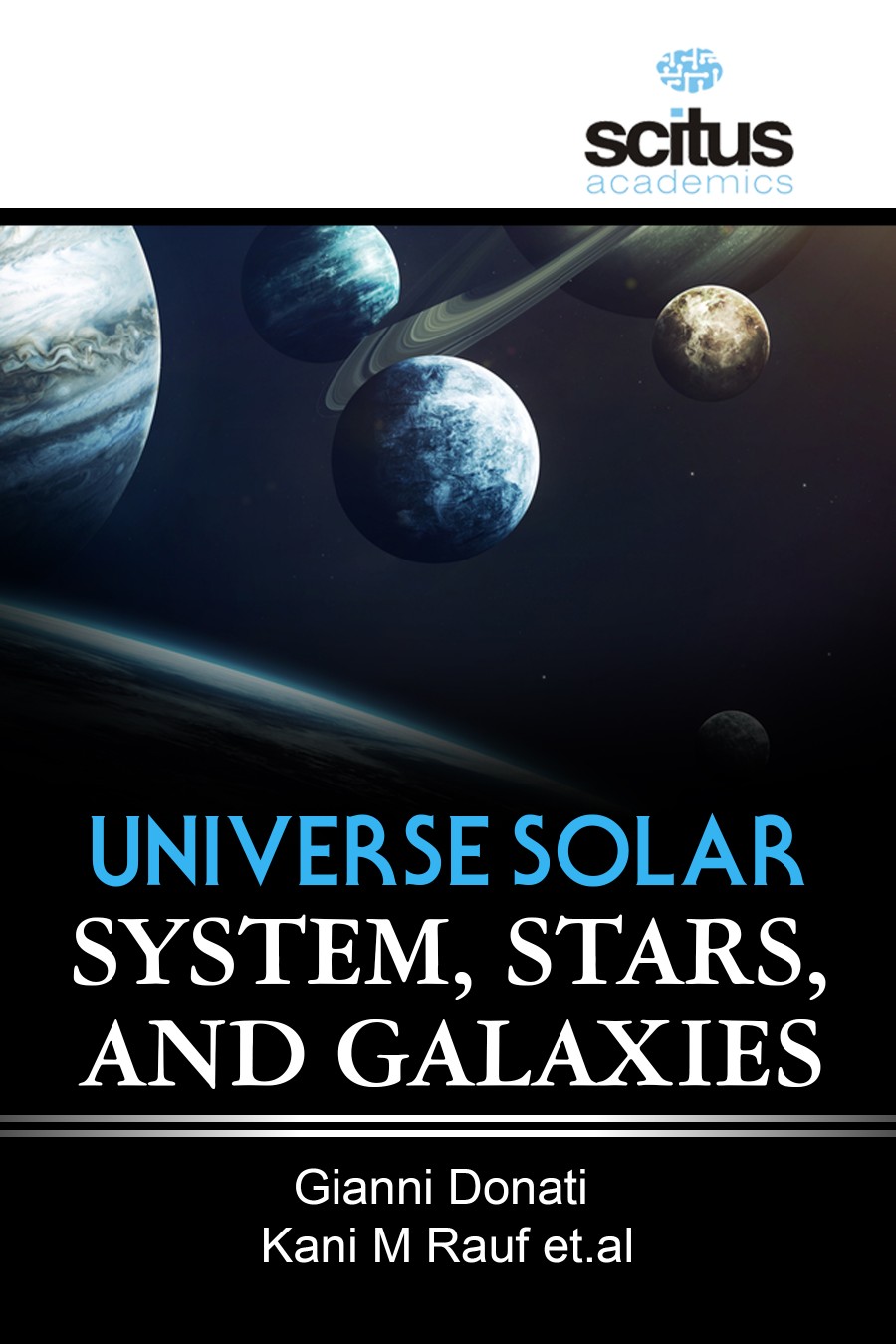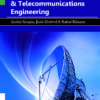The origin of things has always been a central concern for humanity; the origin of the stones, the animals, the plants, the planets, the stars and we ourselves. Yet the most fundamental origin of them all would seem to be the origin of the universe as a whole – of everything that exists, without which there could be none of the creatures and things mentioned above, including ourselves. As it is well known, the Cosmos is expanding for a long time, and this motion is still visible at present. Any theory about the Universe must account for this expansion; and also for the observed fact that it looks the same in every direction. If it follows the expansion backward in time, it is easy to see that the Universe must have been smaller in the past. There was a time when all the matter and energy was packed tightly together in a relatively small region of space, currently called the Primeval Atom or also the Cosmic Egg. The standard model is the theory that illustrates the best what we observe. Even with all the successes that this theory had, two key questions are still to be answered. What is the nature of dark matter and dark energy?
This book entitled “Universe Solar System, Stars, And Galaxies” is focused on the understanding of Dark Matter, Dark Energy, Early Universe, gravitational waves and neutrinos, covering all theoretical, experimental and phenomenological aspects contributed by important scientists in the field of cosmology. The chapters vary with different particular works, giving a resourceful depiction. It is the result of the work of many scientists in the field of cosmology, in accordance with their expertise and particular interests. A sample of the great deal of efforts made by the scientific community, trying to understand our universe. It is proposed that the concept of apparent size due to the very big distances in space can be used to show that the size of the Universe, and the size of the classical electron, are closely related i.e., the very big size of the Universe is determined by the small size of the classical electron.
This book attempts to understand the questions while giving some of the most promising advances in modern cosmology.













